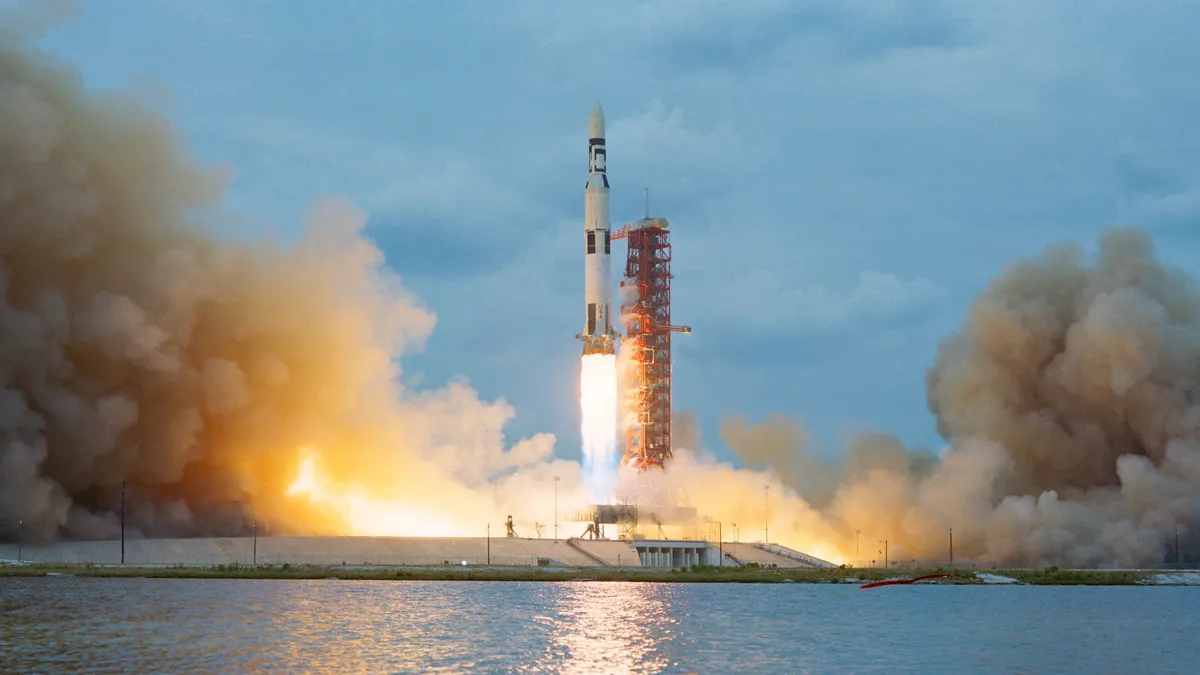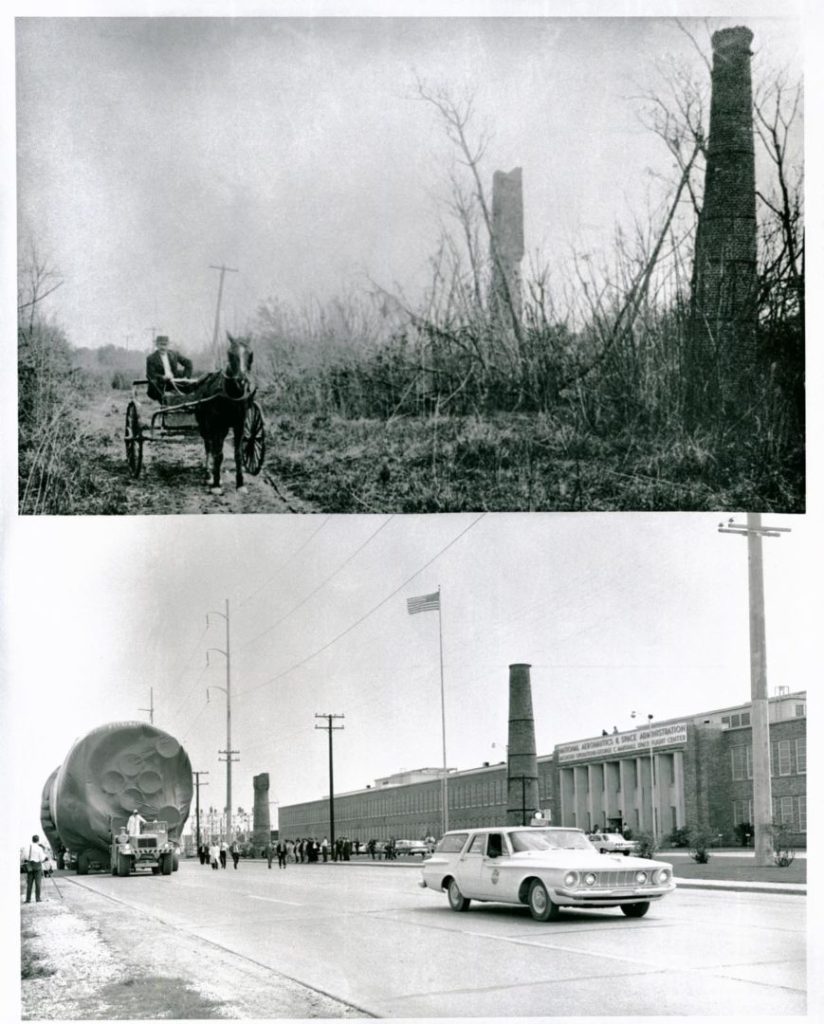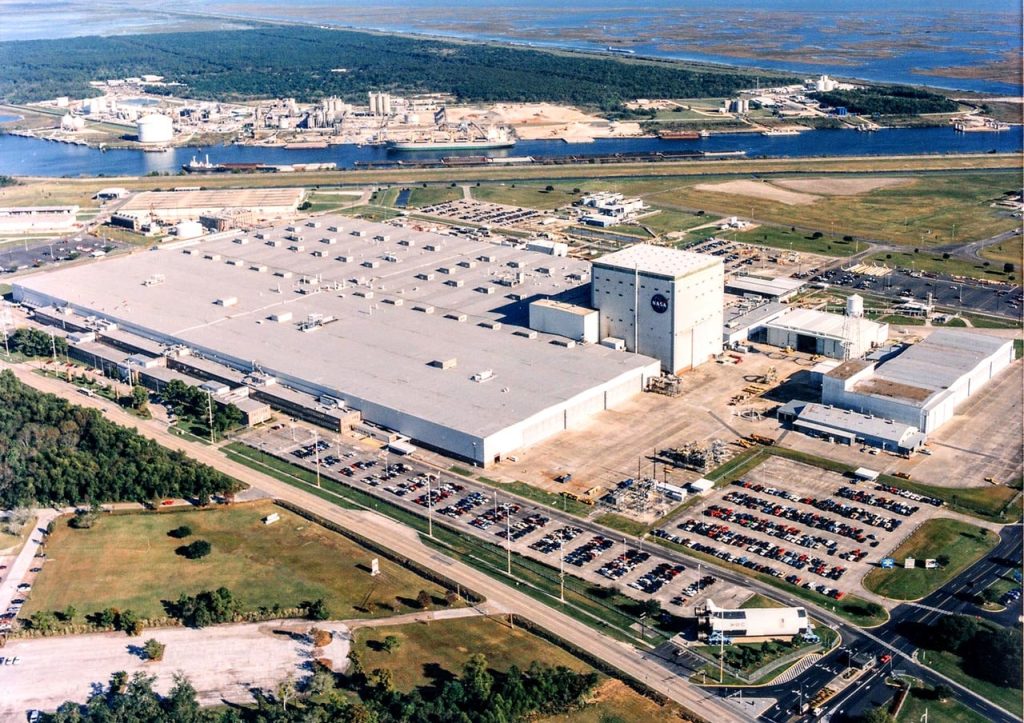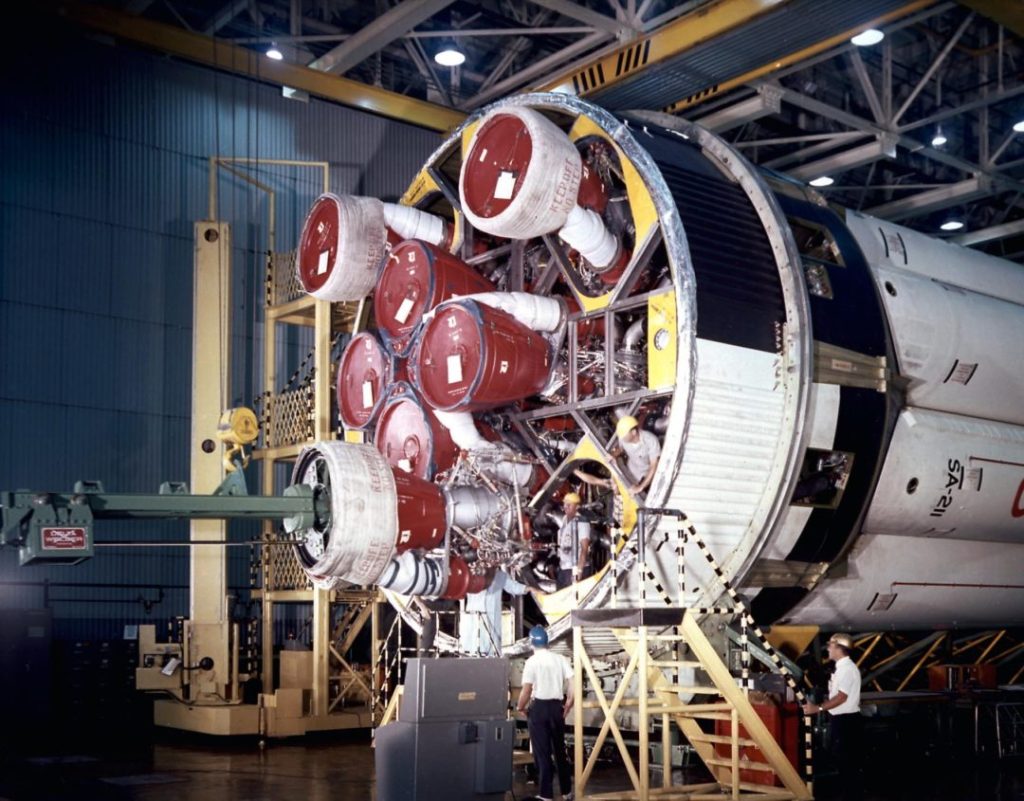Include a Topper!
-
Happy Birthday Banner
$9.00 -
Gingerbread Cake Topper
$15.00
Add Ons
Your cart is currently empty!
Since 1949 celebrating 75 years. Order online or call us at 1 800 GAMBINO (426-2466)

Did you know mankind is heading back to the Moon for the first time in the 21st century? This is no pipe dream. NASA has a plan in place and it’s happening sooner than many may think.
But we’re not stopping at the Moon this time. This time we’re going all the way to Mars, marking the first time manned vessels travel deeper into space.
This is huge news for each of us Earthlings, but New Orleanians have extra reason to be excited. That is because key components of the rockets that will power these historic missions were developed mere miles away in the Michoud neighborhood of New Orleans East.
Robert Champion is the former director of NASA’s Michoud Assembly Facility. In 2020 he confirmed the importance of New Orleans in a feature by Gambit Weekly.
“People call it ‘NASA’s rocket factory,’” he explained. “The history and future of space exploration goes through Michoud. It goes through New Orleans.”
It’s easy to dismiss this kind of talk as grandiose, but it’s not. Every mission and advance in American space exploration during the past 60 years involved the work of New Orleanians.
In this entry, we’ll take a look at the city’s role in space exploration through the Apollo missions. Later in the month, we’ll continue our journey to the excitement of the present day.
Swampy History
The history of the land on which the Michoud Assembly Facility sits can be traced to March 10, 1763 when Louis XV, king of France, granted a 34,500-acre swampy, cypress tree-filled tract to French soldier and New Orleans merchant, Gilbert Antoine de St. Maxent.
The land had several owners over the next five decades, including the Clouet family of local “Clouet Street” fame. In 1827, Antoine Michoud—a highly educated and cultured artist who left France after the fall of Napoleon and created an art shop on Royal Street—purchased the property and operated a sugar plantation on it. He lived until 1862 and passed the property to his nephew, Jean Baptiste Michoud, who lived in France and never saw his new home.

Jean Baptiste sold one plot of the land to what would become the Louisville & Nashville Railroad, and another to the U.S. government for a lighthouse. This would be the first—but most definitely not the last—time the federal government owned at least a portion of the Michoud tract.
The property remained with the Michouds until it was sold again in 1910. By then, the drainage technology allowed New Orleans to remove swampland and open previously untouched areas of the city for development, resulting in new neighborhoods sprouting all over the city. Developers saw a similar opportunity at Michoud Plantation, but bad business and litigation stopped those attempts.
Instead, the first half of the 20th century saw the land used for telephone and telegraph lines, lumber, muskrat hunting, and a section of the federal government’s Intercoastal Canal.
The trajectory of the property changed dramatically in 1941, when the United States entered World War II. As America prepared for war, the government set the Michoud land aside—with vast space and easy access to the Intercoastal Canal—for an additional canal. They also used a portion of the property to house a factory for the production of seacraft and aircraft by Higgins Industries, the company that built the famed Higgins Boats featured in the Allied invasion of Normandy on D-Day.

A shortage of steel and wood, as well as the time-intensive landfill that Michoud swamps required, resulted in the cancellation of the ship and cargo plane programs. In the end its World War II task was to create C-46 wing panels that would be fully assembled in Louisville, Kentucky and St. Louis, Missouri.
No matter its usage, the land was now in government hands and housed millions of square feet of manufacturing and office space. When the Korean War broke out, the Michoud facility was ready to be put to work. From 1951 to 1954, the Chrysler Corporation was awarded a contract to build Patton and Sherman tanks. With the help of 2,200 New Orleanians, those tanks were all built in Michoud.
When this work was done, the facility became dormant. But the dormant space was still costing the government tons of money to maintain. The problem was solved in 1961, when Dr. Wernher von Braun—the first director of a young, but growing governmental agency, called the National Aeronautics and Space Administration, or NASA—took an interest in the facility.
‘We Choose to Go to the Moon’
The Space Race began in 1957 when the Soviet Union launched its first satellite, Sputnik.
“We were way behind the Russians and Dr. [Wernher] von Braun was looking for a place to build a big rocket to help us catch up,” Champion says, referring to the first director of NASA’s Marshall Space Flight Center. “NASA was new and he encouraged the agency to take a look at Michoud.”
NASA wanted to build a 363-foot Saturn V rocket but struggled to find a facility large enough to construct the rocket’s massive and complex core stage. That is, until they found Michoud.
MAF has 43 acres of environmentally controlled space under a single roof (the size of 31 football fields), making it one of the largest manufacturing plants in the world.
Then, on Sept. 12, 1962, at Rice Stadium in Houston, the Space Race took a leap forward when President John F. Kennedy delivered the crowd one of the most famous speeches of his presidency. He told the crowd, “We choose to go to the moon in this decade and do the other things, not because they are easy, but because they are hard; because that goal will serve to organize and measure the best of our energies and skills, because that challenge is one that we are willing to accept, one we are unwilling to postpone, and one we intend to win, and the others, too.”
It’s easy to forget that when Kennedy made this speech, the United States was far—very far— behind the Soviet Union in the race to the Moon. Not only had the Soviets launched Sputnik five years earlier, but they had sent the first man into space in 1961. Both milestones were ahead of what the U.S. could muster.
One Giant Leap
But Kennedy’s words rallied America and set the nation on a course of unparalleled scientific achievement with an estimated 400,000 Americans working on various components of the Apollo program.
One of the big challenges to overcome was where the massive Saturn rockets—designed to launch the manned spacecraft from Earth—would be manufactured. The Saturn V rocket is ultimately what launched the astronauts of Apollo 11 to the Moon’s surface. It was by far the most powerful rocket ever designed up until that point, and even now, more than 55 years later, remains the second most powerful rocket of all time.
That rocket plus the attached spacecraft, was a whopping 363 feet tall. That size, and the speed in which these rockets needed to be produced, required the involvement of several facilities in the rocket’s construction.
A Saturn rocket’s launch takes place in three stages. The first stage—the tallest section of the rocket—was built at the Michoud Assembly Facility. It’s incredible to think that the equipment involved in the initial launch of every Apollo mission, manned or otherwise, was constructed by a team of New Orleanians. The first two minutes and 42 seconds of flight, including a liftoff producing 7.5 million pounds of thrust (more power than 85 Hoover Dams), was primarily the hard work of the people in this city!

The large space available in the Michoud Assembly Facility—room for 31 football fields—made it the ideal place to construct the first stage of the Saturn rockets. From there, the completed component would be placed on a barge and shipped via the Intracoastal Waterway to the Kennedy Space Center in Florida, where it would rendezvous with the other stages and assembled for eventual liftoff.
Generations later, Champion, the former Michoud director, puts this work into perspective: “Without the proven expertise and abilities of NASA’s workforce at Michoud, man would not have landed on the Moon. It’s that simple.”
As you can see, the tract of land that now houses NASA’s Michoud Assembly Facility has a long and important history, including its essential role in putting American astronauts on the Moon. In our next post, we’ll finish the story—learning about New Orleans’ role in the subsequent Space Shuttle program at the end of the 20th century, and the Artemis program of the present day that is aiming to return humans back to the Moon, and even to Mars!